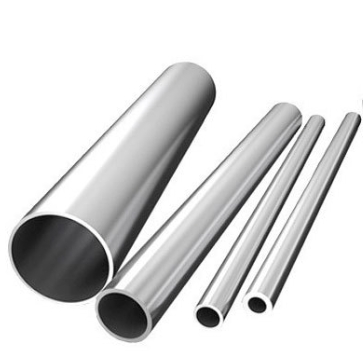
316 Stainless Steel Pipe Groove Connection Method
The definition of 316 Stainless Steel Pipe
A 316 stainless steel pipe is a hollow, cylindrical component made from 316 stainless steel, an austenitic stainless steel alloy that is highly resistant to corrosion, especially in harsh environments. This material is known for its enhanced corrosion resistance due to the presence of 2-3% molybdenum, in addition to 16-18% chromium and 10-14% nickel. The addition of molybdenum makes 316 stainless steel more resistant to pitting and crevice corrosion, particularly in chloride-rich environments like seawater.
316 vs 304 stainless steel pipe
Key Differences:
Corrosion Resistance: 316 is more resistant to corrosion, particularly in chloride or saltwater environments, due to its molybdenum content.
Strength: Both 304 and 316 have similar mechanical properties, but 316 might slightly outperform in high-temperature environments.
Cost: 316 stainless steel is generally more expensive than 304 due to its enhanced properties.
Choosing Between 304 and 316:
For general applications where cost is a concern and the environment is not particularly harsh, 304 stainless steel is often sufficient.
For more demanding environments that involve chemicals, saltwater, or high chloride exposure, 316 stainless steel is the better choice.

316 Stainless Steel Pipe Groove Connection Method
Preparation:
First of all, before performing groove connection of 316 stainless steel pipes, sufficient preparations must be made to ensure that the pipe surface is clean and free of impurities.
Secondly, choose the appropriate connection method. You can consider using 316 stainless steel pipe groove connectors, which will make the connection stronger and safer.
Finally, ensure that the operator is technically proficient so as to ensure the quality of the connection
Construction steps:
1. First measure the pipe to confirm the length to be connected.
2. Mark connection points on pipes to keep pipes horizontal and vertical.
3. Use cutting tools to cut pipes based on connection points
Connection skills:
1. Use an appropriate amount of lubricant to help reduce friction and improve connection efficiency.
2. Make sure the connector is installed in the correct direction to avoid problems such as water leakage caused by incorrect connections.
3. After the connection is completed, perform a pressure test to ensure that there will be no leakage at the connection.
Notices:
1. Pay attention to keeping the pipes clean when connecting to avoid debris from entering and causing pipe blockage.
2. After the connection is completed, a visual inspection is required to ensure that there are no obvious defects in the connection.
3. Check the connections regularly to ensure the firmness of the connections and deal with any problems in a timely manner.
In general, 316 stainless steel pipe groove connection skills require technology, experience and patience, but as long as you master the correct method, you can easily cope with various connection challenges.
Read more: 316/316L Stainless Steel Tube


